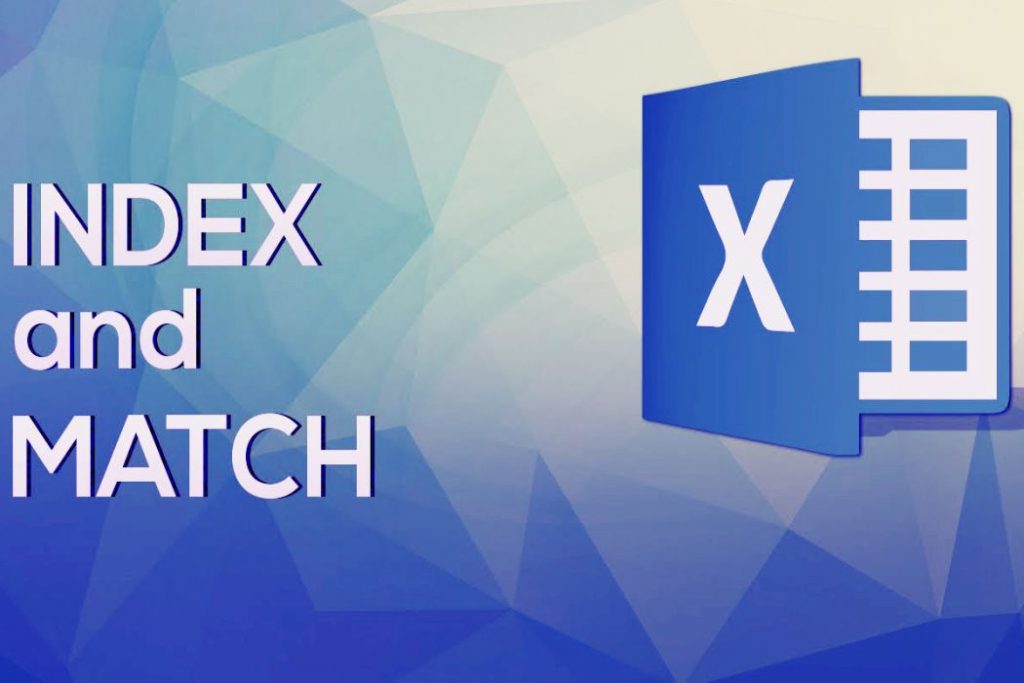Table of Contents
Introduction:
Google Sheets, the ubiquitous cloud-based spreadsheet tool, empowers users to manipulate and analyze data with ease. Among its arsenal of functions, INDEX MATCH stands out as a versatile and potent combination, offering a robust solution for data lookup tasks. While VLOOKUP has traditionally been the go-to choice for such tasks, INDEX MATCH surpasses it in flexibility and efficiency, particularly when dealing with complex datasets. In this comprehensive guide, we delve deep into the intricacies of INDEX MATCH in Google Sheets, exploring its myriad applications and equipping you with the knowledge to leverage its full potential.
Understanding INDEX MATCH:

At its core, INDEX MATCH comprises two distinct functions: INDEX and MATCH. The INDEX function retrieves a value from a specified range based on its row and column numbers, while the MATCH function locates the position of a value within a specified range. By combining these functions, users can perform powerful lookup operations that transcend the limitations of traditional methods like VLOOKUP.
Key Advantages of INDEX MATCH:
- Flexibility: Unlike VLOOKUP, which requires a contiguous lookup range, INDEX MATCH can handle non-contiguous data ranges, making it ideal for datasets with irregular structures.
- Dynamic Range Selection: INDEX MATCH enables dynamic range selection, allowing users to specify lookup ranges that adjust automatically as the dataset evolves.
- Two-Way Lookup: While VLOOKUP supports only one-way lookup (from left to right), INDEX MATCH can perform two-way lookups, facilitating searches both horizontally and vertically within the dataset.
- Error Handling: INDEX MATCH offers superior error handling capabilities, providing more meaningful error messages and gracefully handling cases where lookup values are not found.
Practical Applications of INDEX MATCH:
- Data Retrieval: INDEX MATCH excels at retrieving specific data points from large datasets based on user-defined criteria. Whether extracting sales figures from monthly reports or fetching customer information from a database, INDEX MATCH enables precise data retrieval with minimal effort.
- Cross-Sheet Lookups: With INDEX MATCH, users can perform lookups across multiple sheets within the same Google Sheets workbook, eliminating the need for complex formulas or manual data copying.
- Advanced Filtering: INDEX MATCH facilitates advanced data filtering and sorting, enabling users to extract subsets of data that meet specific criteria or conditions.
- Data Validation: By combining INDEX MATCH with data validation rules, users can create dynamic dropdown lists that update automatically based on changes in the dataset, ensuring data integrity and accuracy.
Best Practices for Using INDEX MATCH:
- Use Descriptive Range Names: Assign descriptive names to data ranges using the Named Range feature in Google Sheets to enhance formula readability and maintainability.
- Break Down Complex Formulas: Break down complex INDEX MATCH formulas into smaller components to facilitate troubleshooting and debugging.
- Regular Formula Audits: Periodically review and audit INDEX MATCH formulas to ensure accuracy and identify potential issues or inefficiencies.
- Explore Array Formulas: Experiment with array formulas in Google Sheets to further extend the capabilities of INDEX MATCH and perform advanced data manipulation tasks.
Advanced Techniques and Examples:
- Multi-Criteria Lookups: INDEX MATCH can handle complex lookup scenarios involving multiple criteria by nesting MATCH functions within INDEX formulas.
- Partial Matches: With the use of wildcard characters and the MATCH function, users can perform partial matches to retrieve data that closely matches the specified criteria.
- Lookup with Dynamic Arrays: Leveraging dynamic arrays in conjunction with INDEX MATCH allows users to handle dynamic data ranges and perform calculations on the fly.
- Advanced Error Handling: Implementing IFERROR or IFNA functions alongside INDEX MATCH enables users to handle errors gracefully and provide custom error messages or fallback values.
Conclusion:
INDEX MATCH stands as a formidable ally in the arsenal of Google Sheets users, offering unparalleled flexibility, efficiency, and precision in data lookup tasks. By mastering the intricacies of INDEX MATCH and incorporating it into your spreadsheet workflows, you can unlock new avenues for data analysis, visualization, and decision-making. Whether you’re a seasoned spreadsheet guru or a novice seeking to enhance your skills, INDEX MATCH holds the key to unlocking the full potential of Google Sheets and empowering you to excel in your data-driven endeavors.
For More Information Please Visit These Websites Craiyon And Vecteezy